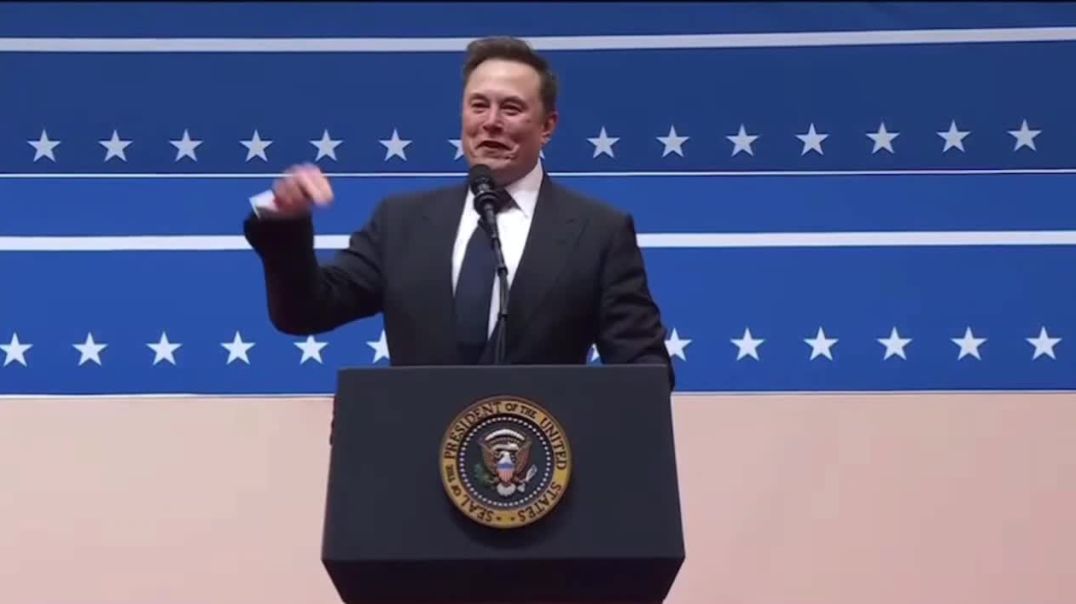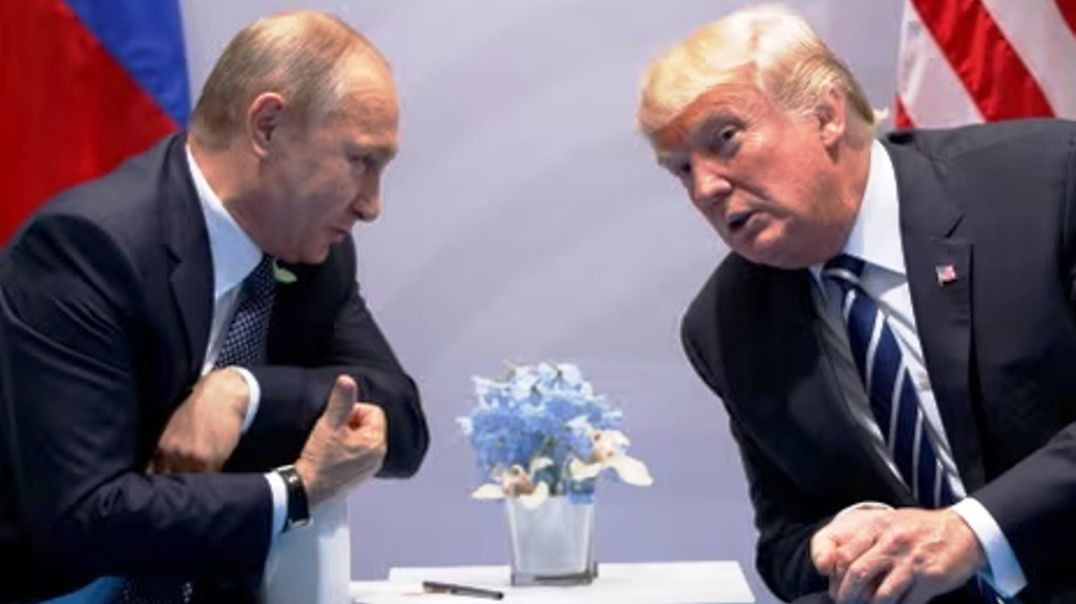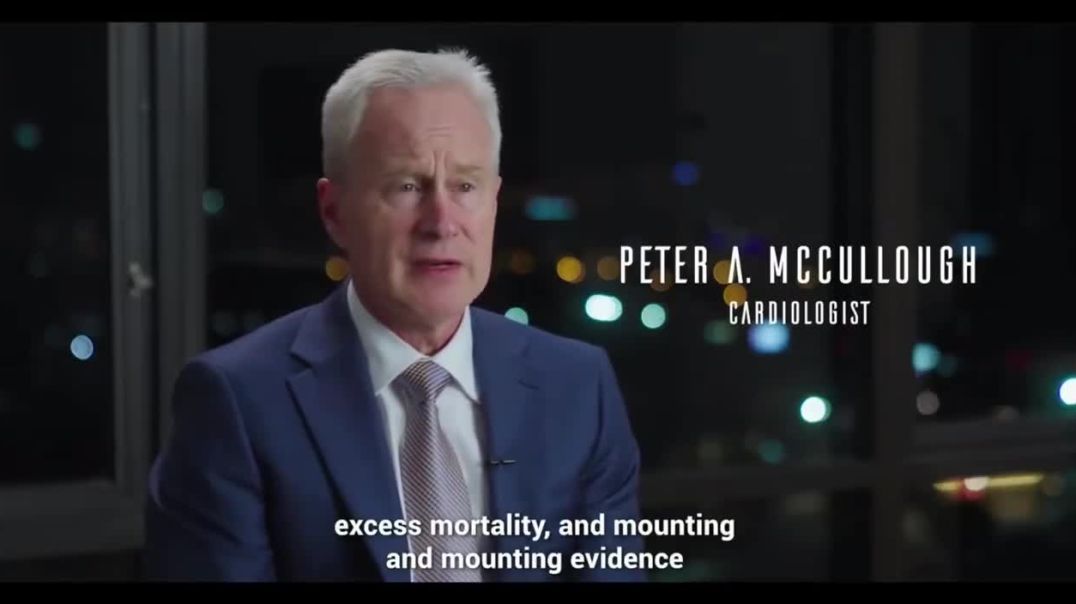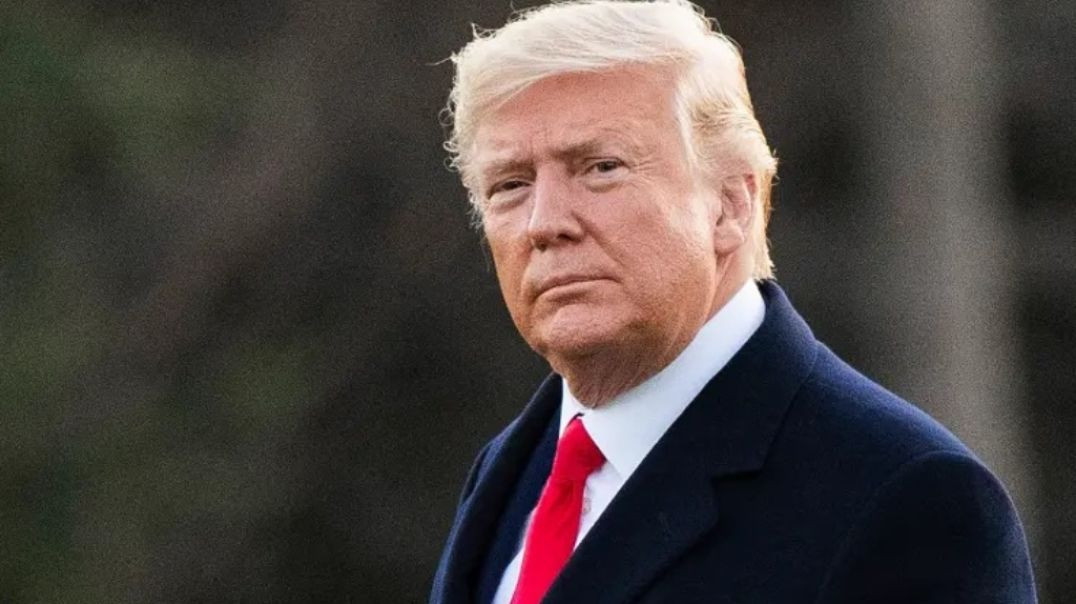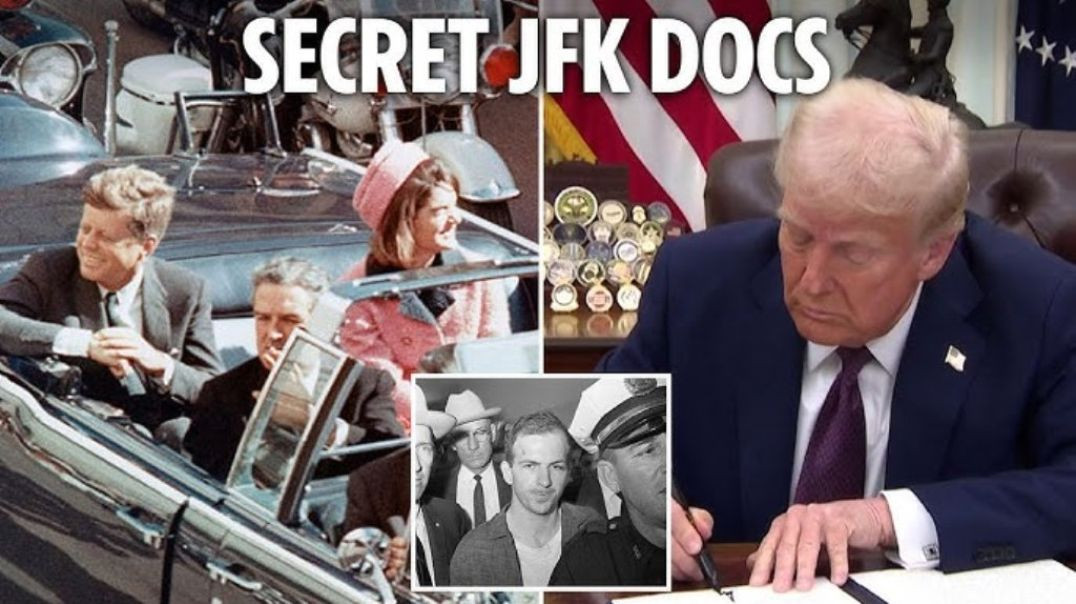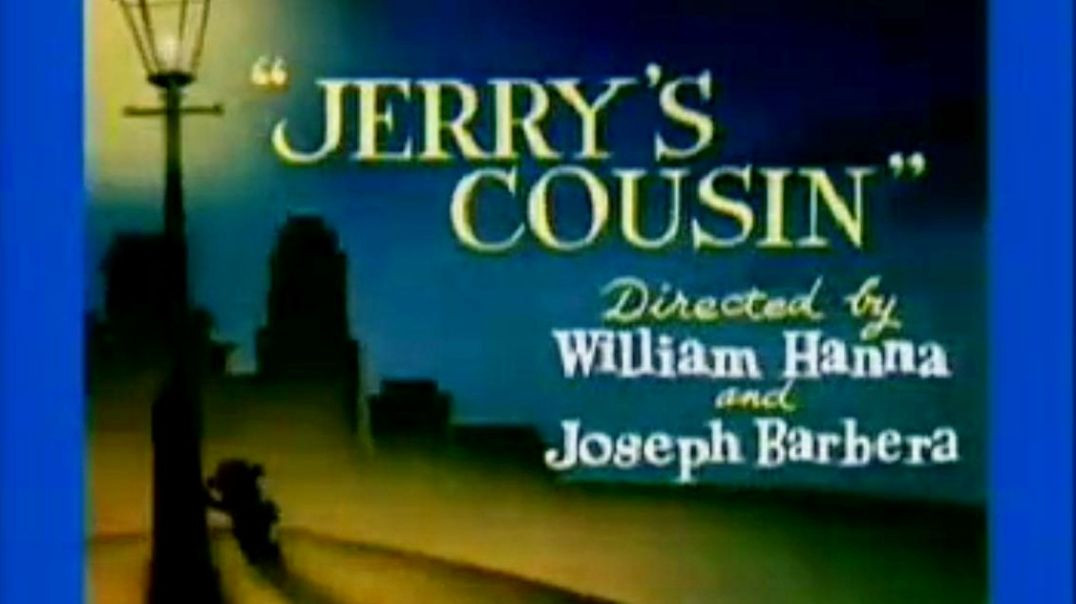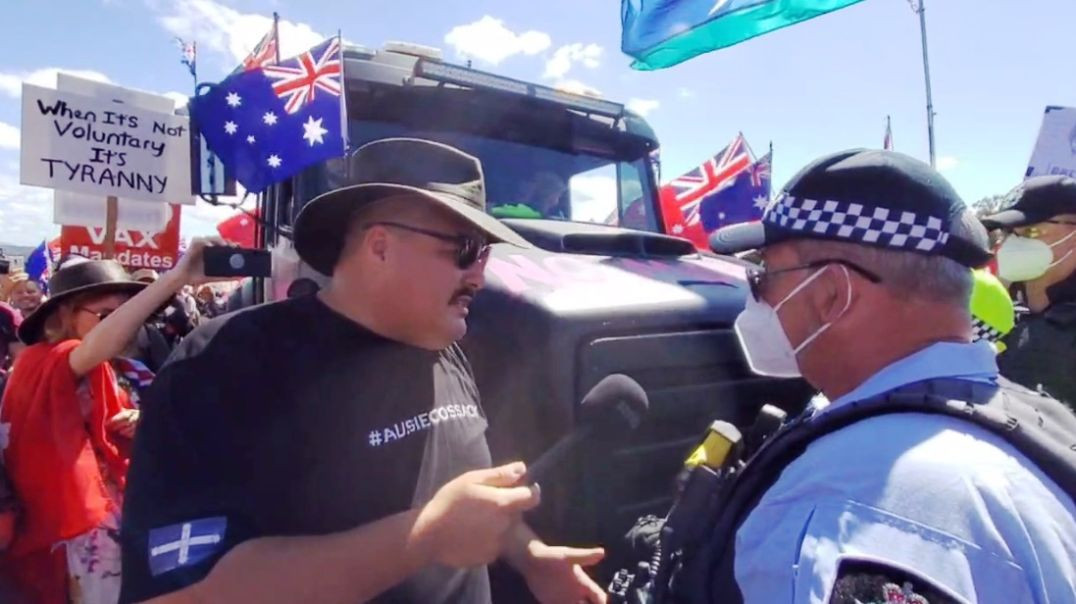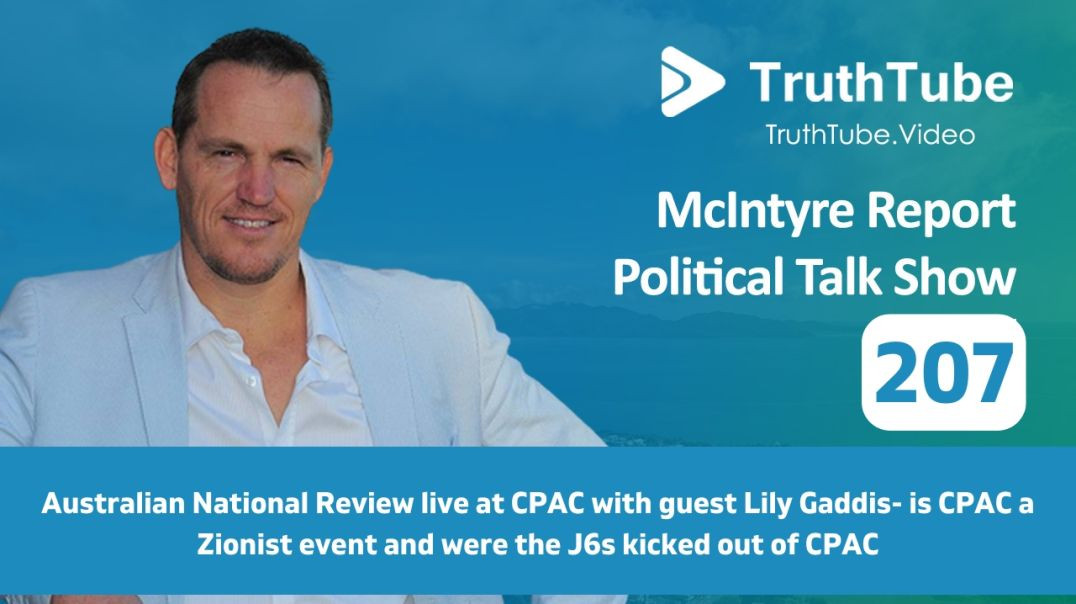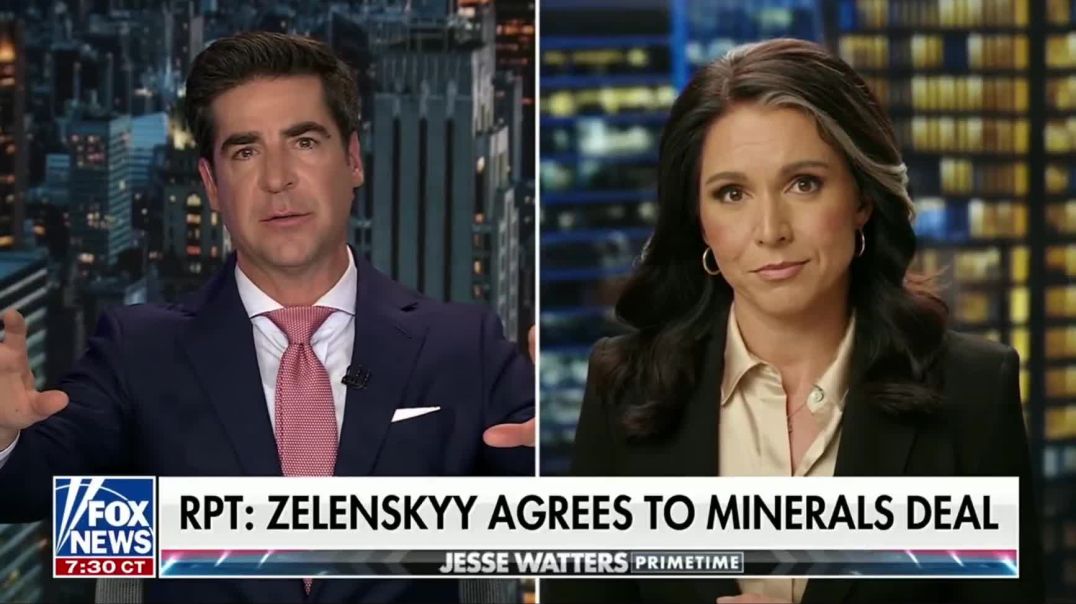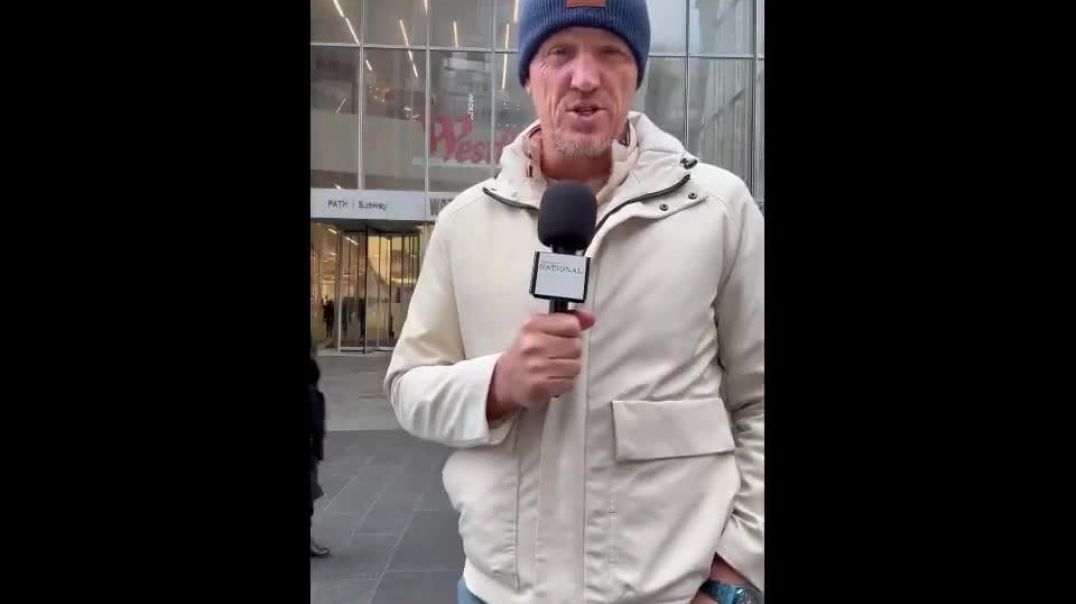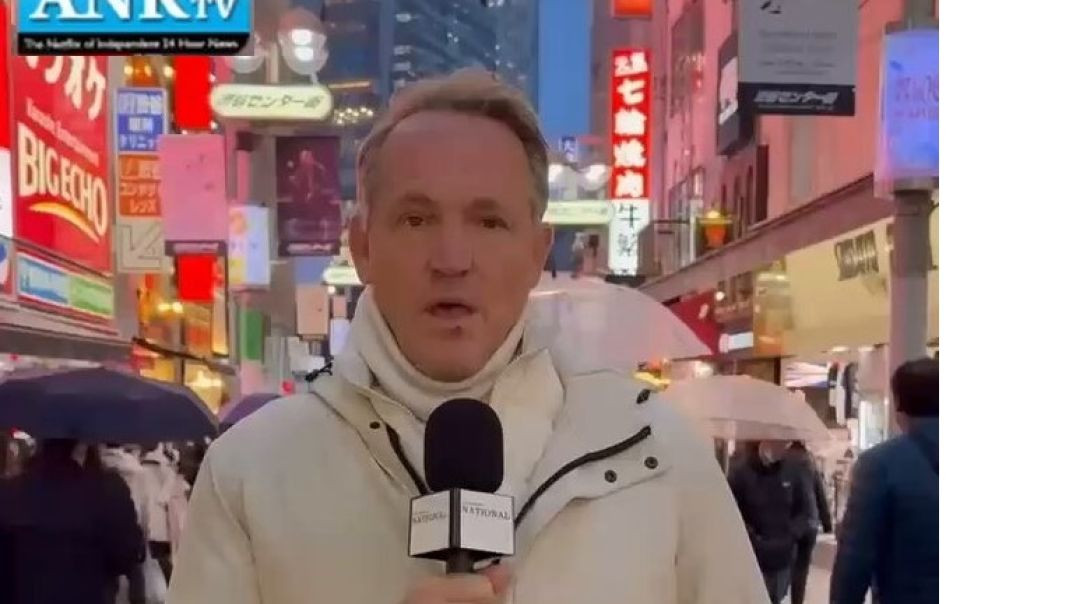Top videos
Over 1 Million Ukrainian Soldiers Dead So Far: This War Must End
Ben Gvir Stated they will Force all the Palestinians to Migrate Around the World… and Israel will Co
The aim was colonisation…
Ben Gvir stated they will force all the Palestinians to migrate around the world… and Israel will colonise Gaza with settlements
Source: https://t.me/LauraAbolichannel/66931
Musk Goes Maximum Musk Before Calming Down and Declaring Trump’s Victory ‘A Fork in the Road of Huma
Musk Goes Maximum Musk Before Calming Down and Declaring Trump’s Victory ‘A Fork in the Road of Human Civilization’
Source: https://t.me/rtnews/79485
Trump at the WEF calls out banks for de banking conservatives.
Trump and I Always Had a Good Working Relationship - Vladimir Putin
Source: https://t.me/AussieCossack/31722
Unimaginable joy as 4 Israeli hostages reunite with their parents
They've waited 477 days for this moment, filled with tears and hugs.
All 4 girls are in good health.
Source: https://t.me/rtnews/80099
Dr. Peter McCullough says that in light of the evidence we have, failure to immediately remove COVID-19 ‘vaccines’ from the market constitutes mass negligent homicide.
HUGE statement to the Trump admin! This is the messaging we need, no matter who is in charge.
BAN THE SHOTS!!!
Source: https://t.me/zeeemedia/19279
Who killed JFK and why ?
Will Trump be able to put Israel in their place or do they own Trump ?
Will the MAGA movement be split down the middle
Will Trump be able to put Israel in their place or do they own Trump ?
Interview with Senator Rennick
BOMBSHELL: US Aid conspired to impeach Trump before he became President.
No wonder Trump is going after them!
Source: https://t.me/AussieCossack/32359
The FBI has discovered thousands of new top-secret JFK assassination files after Trump's order bust open all the remaining documents.
The 2,400 unseen records contain 14,000 pages of material not known to exist - which could shed new light on the mysterious murder.
Source: https://t.me/LauraAbolichannel/68146
CLASSIC CARTOONS
Flashback to the massive protests against the Australian Government's lockdowns and COVID mandates.
They were wrong on the vaccines and now they are Wong on Ukraine.
Albanese and Dutton need to stand down and listen to President Donald Trump!
The Australian political establishment still believes the neocon globalist Biden-Clinton-Obama-Kamala Deep state are in charge of the White House. How embarrassing.
The Australian government is not reading the room at all.
What a time to be alive.
Source: https://t.me/AussieCossack/33139
Australian National Review live at CPAC with guest Lily Gaddis- is CPAC a Zionist event and were the
Australian National Review live at CPAC with guest Lily Gaddis- is CPAC a Zionist event and were the J6s kicked out of CPAC
Tulsi Gabbard Assures Fox News that Trump’s Top Priority is Ending the Ukraine Conflict
Source: https://t.me/rtnews/83629
What is Australia’s billionaire Jewish connection to September 11, and who is it?
Source: https://x.com/jamiemcintyre21/....status/1894837250514
Australian National Review Chief Editor live in Tokyo, Japan discussing how if the west is the side of good and not evil, how do we ignore or deny the holocausts committed by the west, (by the founders of Israel mostly), such as the atomic bombs dropped on Hiroshima and Nagasaki killing hundreds of thousands of innocent civilians. And we are shamed into denying a modern day holocaust in Gaza, which has seen more bombs equivalent, then were dropped on Hiroshima in the last 12 months, while the banking family that founded Israel, shame us to believe in a fabricated and exaggerated, invented, 80 year old holocaust.
Why do we tolerate such holocaust deniers in the founders of Israel, and support them committing new ones ,and their lies to deny them?


